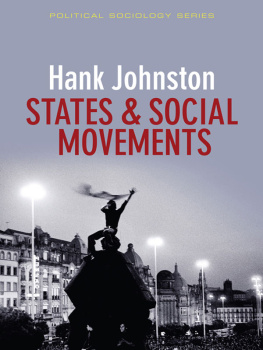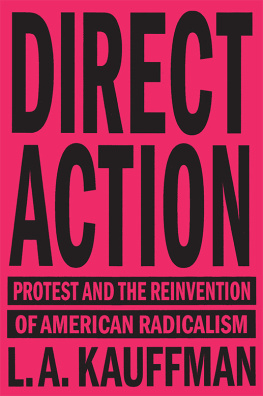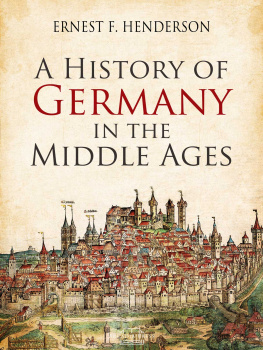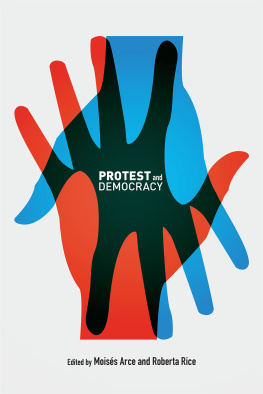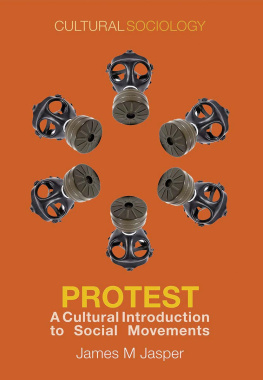Leah Henderson - 25 Protest Movements That Marched into History
Here you can read online Leah Henderson - 25 Protest Movements That Marched into History full text of the book (entire story) in english for free. Download pdf and epub, get meaning, cover and reviews about this ebook. year: 2021, publisher: Atheneum Books for Young Readers, genre: Politics. Description of the work, (preface) as well as reviews are available. Best literature library LitArk.com created for fans of good reading and offers a wide selection of genres:
Romance novel
Science fiction
Adventure
Detective
Science
History
Home and family
Prose
Art
Politics
Computer
Non-fiction
Religion
Business
Children
Humor
Choose a favorite category and find really read worthwhile books. Enjoy immersion in the world of imagination, feel the emotions of the characters or learn something new for yourself, make an fascinating discovery.

- Book:25 Protest Movements That Marched into History
- Author:
- Publisher:Atheneum Books for Young Readers
- Genre:
- Year:2021
- Rating:3 / 5
- Favourites:Add to favourites
- Your mark:
- 60
- 1
- 2
- 3
- 4
- 5
25 Protest Movements That Marched into History: summary, description and annotation
We offer to read an annotation, description, summary or preface (depends on what the author of the book "25 Protest Movements That Marched into History" wrote himself). If you haven't found the necessary information about the book — write in the comments, we will try to find it.
25 Protest Movements That Marched into History — read online for free the complete book (whole text) full work
Below is the text of the book, divided by pages. System saving the place of the last page read, allows you to conveniently read the book "25 Protest Movements That Marched into History" online for free, without having to search again every time where you left off. Put a bookmark, and you can go to the page where you finished reading at any time.
Font size:
Interval:
Bookmark:
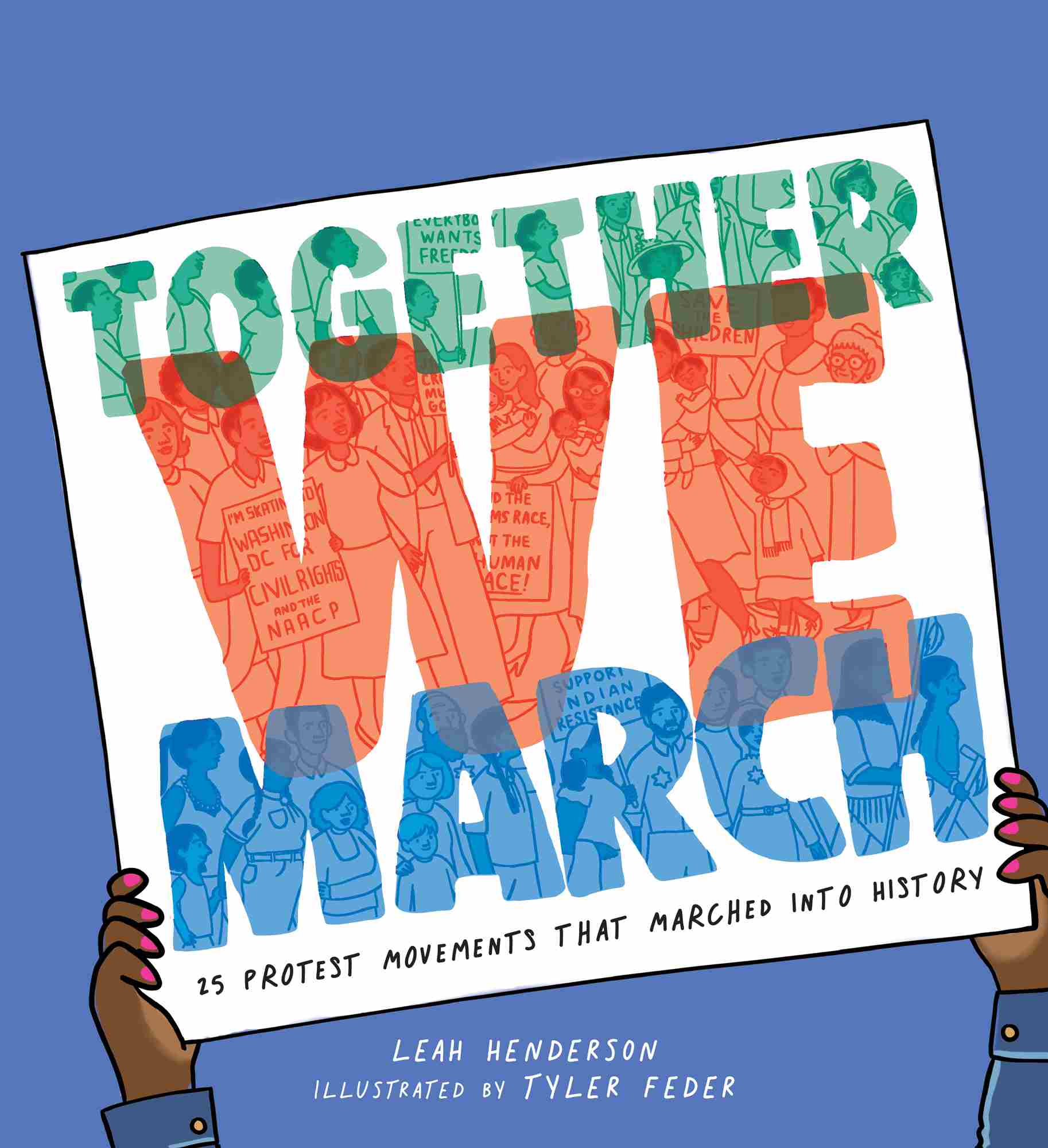

ATHENEUM BOOKS FOR YOUNG READERS An imprint of Simon & Schuster Childrens Publishing Division 1230 Avenue of the Americas, New York, New York 10020
FOR PEYTON AND ALL THOSE-BOTH YOUNG AND SEASONED-WHO WERE AND ARE READY TO MARCH
-L. H.
TO THOSE WHO MAKE THEIR VOICE HEARD, EVEN IF ITS HARD.
T. F.
Theres something about a march that is very powerful. Its a powerful weapon, a powerful organizing tool, and it has a powerful influence on those who participate. You have a definite starting place and definite goal. Youre moving, making progress every step you get a lot of courage. The march picks up its own cadence, its own spirit, its own history.
Cesar Chavez
IN RECENT YEARS, have you noticed more and more people are taking to the streets to protest? These people are using their feet, their voices, the words on their signs, and the strength in their numbers to combat injustice, oppression, inequality, and discrimination. They protest these wrongs, demand change, and call for further action in their neighborhoods, cities, states, and countries, or even in the world, every day. It may feel like this global surge of speaking out is new, but marching and marchers have a long history.
For decades, marches both great and small have been an invaluable tool to help bring about social change for many marginalized groups. By bringing together people with differing perspectives and experiences under a unified umbrella, the demand that the public, the media, and the government work towards something better for everyonenot just a select fewrings louder and clearer.
By itself, a march can energize a group of people, welcome newcomers to a cause, or give veterans of a fight the power to go on. But marchers also bring awareness of an issue to the public at large, giving strength to a movement, and putting a plan into action. Though a march can be made up of many or simply a few, they all grow from the determination of people, and the collective might of a group. As people march they are no longer just one individual, one voice, one opinion, or one demand.
Even though the overall journey to change may be long, marching can be a powerful and pivotal component in a campaign because this show of numbers can grab the attention of the public in ways other efforts cannot. By drawing media attention, marches can put faces to the issues and broadcast a clear message that may turn the heads and hearts of those who have remained indifferent. It can also add pressure on people in power as the worlds eyes turn to them. Marches are most effective when they are part of a larger movement, but on their own, they have been a rallying cry, a shield in the face of hatred, and the hope needed to remind people they are not alone in what they are facing.

Within these pages you will see when and why people in different eras have marched and continue to march today. You will see how marching brings purpose, support, and optimism to the whole, whether it is at the beginning of a fight, or a continued push.
Within these pages you will also learn of the tremendous sacrifices many have made not just for themselves but for strangers, their families, and their communities. You will discover people who were confronted with imprisonment, threats, or violence, but who did not back down or resort to violence themselves. People who felt that the hope of a better tomorrow was worth the sting of today, even with many miles still left to go.
From these incredible marchers, we learn that even when a fight seems impossible, or a situation or circumstance immovable, marching can be the push needed to tip the scales and create a movement.
You will see how marginalized communities today continue this work in striving for social justice; equal access to things like health care, food, and jobs; and a society where skin color, gender, sexual orientation, ability, or birthplace do not limit these opportunities. You will also see how everyoneregardless of who they are and where they are fromcan be affected by gun violence, climate change, war, and the suffering of others.
Numbers today may have grown, and technology has certainly changed and advanced our ability to spread our messages, but the core reasons why we march remain the same. In the face of extreme doubt and uncertainty, people of all ages and backgrounds continue to choose to march, believing they can create change and go farther on the heels of those who marched before them.
This book celebrates this rich history and the often-overlooked stories, revered moments, and courageous people who continue to teach us the importance of coming together to march.
Philadelphia, Pennsylvania, to Oyster Bay, New York
July 7 29, 1903
Sometimes it takes extraordinary means to attract ordinary interest.
Mother Jones
Today, its hard to imagine children as young as five working alongside men and women on dangerous machines, breathing lint-filled air. However, in textile mills in the early 1900s it was commonplace for kids to spend ten to fourteen hours a day working in these hot rooms instead of going to school. In Pennsylvania, the law prohibited children under the age of twelve from working, but that law was rarely enforced. The wages from millwork were tiny, even with the long hours. Nevertheless, families needed to eat, so every able body contributed.
Factory tasks were often very routine but also dangerous, and mill owners made no effort to make them safer, not even for their youngest employees. So early one June morning in 1903, when the opening bells rang out across Kensington, a neighborhood in northern Philadelphia, Pennsylvania, nearly ninety thousand textile workers, including ten thousand children, did not show up for work. Instead they banded together to strike for better wages, shorter hours, and safer working conditions. Despite this, the mill owners did not fold. They simply waited for their poor, malnourished workers to give up.
Not everyone ignored the workers, though. Mary Mother Harris Jones, an Irish immigrant and prominent labor and community organizer, heard them loud and clear. At almost seventy, she was known to many as the most dangerous woman in America because she spoke her mind and was not afraid to act.

As soon as she saw the stooped frames, bent knees, and sickly faces of the child strikers, she knew they needed more than just a shorter work weekthey needed protection under the law. However, since the mill owners owned stock in the newspapers, the papers never covered these abuses, and the general public did not seem to know or care about the plight of the mill children.
But Mother Jones had a mind to change that! On July 7, 1903, she and some say almost two hundred childrenknown as her industrial armyalong with about one hundred adults set out from Kensington led by a fife and drum. The children carried banners reading, WE WANT TO GO TO SCHOOL and WE ONLY ASK FOR JUSTICE . Their plan was to march over ninety miles to New York City to gain the publics attention.
Font size:
Interval:
Bookmark:
Similar books «25 Protest Movements That Marched into History»
Look at similar books to 25 Protest Movements That Marched into History. We have selected literature similar in name and meaning in the hope of providing readers with more options to find new, interesting, not yet read works.
Discussion, reviews of the book 25 Protest Movements That Marched into History and just readers' own opinions. Leave your comments, write what you think about the work, its meaning or the main characters. Specify what exactly you liked and what you didn't like, and why you think so.

